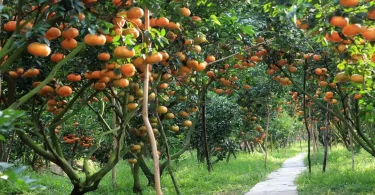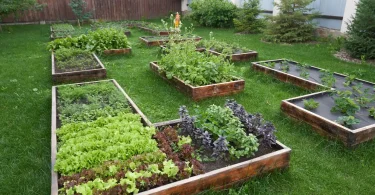Watching your vegetable plants wilt, yellow, or stop growing can be discouraging especially when you’ve put in time, care, and effort. The good news? Most vegetable plants can bounce back if you take quick, informed action. In this complete guide, you’ll learn proven, natural, and effective techniques to revive dying vegetable plants without using chemicals.
Whether you’re dealing with droopy tomatoes, yellowing cucumbers, stunted peppers, or wilting leafy greens, this guide walks you through identifying the problem, fixing it , and restoring plant health so your garden thrives again.

Why Vegetable Plants Start Dying and How to Revive Dying Vegetable
Plants rarely “die overnight.” They show symptoms that signal deeper issues such as:
- Overwatering or underwatering
- Nutrient deficiency
- Poor soil conditions
- Heat stress
- Pests and diseases
- Root damage
- Lack of sunlight
- Compacted soil
- Wrong pH levels
Understanding the root cause is crucial because treating the wrong issue may worsen the plant’s condition.
Common Symptoms & Natural Solutions

| Symptom | Likely Cause | Natural Solution |
|---|---|---|
| Yellow leaves | Nitrogen deficiency / overwatering | Add compost tea, adjust watering |
| Wilting | Underwatering / heat stress | Deep watering, mulch application |
| Brown leaf edges | Salt buildup / dehydration | Flush soil, add organic mulch |
| Stunted growth | Poor soil nutrients | Add worm castings or compost |
| Holes in leaves | Pests | Neem oil, garlic spray |
| Powdery coating | Fungal disease | Baking soda spray |
| Pale leaves | Lack of sunlight | Move container plants / prune nearby shade |
| Droopy stems | Root rot | Remove affected roots, use well-draining soil |
1. Check the Soil Moisture First
Watering issues are the number one cause of dying vegetable plants.
Signs of Overwatering:
- Yellow, mushy leaves
- Droopy plants even though soil feels wet
- Foul smell from the soil
Signs of Underwatering:
- Dry, crisp leaves
- Soil pulling away from the container edges
- Wilting that improves after watering
Natural Fix
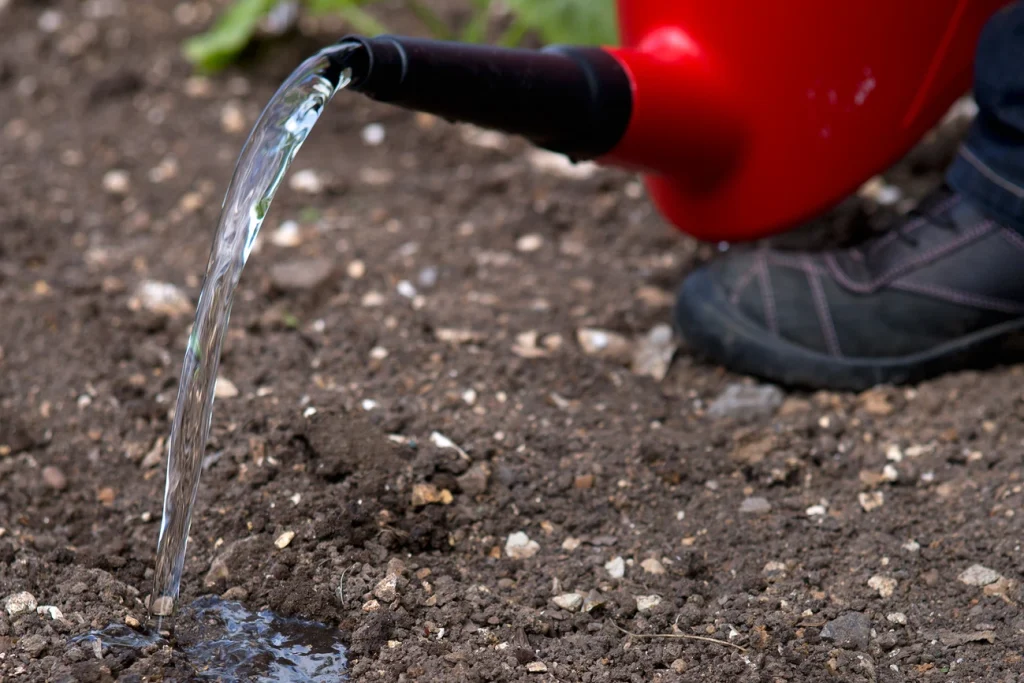
- For overwatering:
- Stop watering for several days
- Loosen the soil for airflow
- Add dry compost to absorb excess moisture
- Improve drainage with rice husk, perlite, or sand
- For underwatering:
- Water deeply (not frequently)
- Apply a thick layer of mulch to lock in moisture
- Use drip irrigation or slow watering
Tip: Push your finger 2 inches into the soil. If it’s dry, water. If it’s moist, wait.
2. Improve Soil Health Naturally
Healthy soil equals healthy plants. Dying vegetable plants often revive quickly when the soil is enriched.
Best Natural Soil Boosters
- Compost — Adds beneficial microbes and nutrients
- Worm castings — Gentle, powerful fertilizer
- Coconut coir — Improves water retention
- Bone meal — Supports root growth
- Banana peel water — Adds potassium
- Crushed eggshells — Slow-release calcium
How to Use Them
Mix a few handfuls of compost or worm castings around the plant base and water lightly. This provides instant and long-term nutrition.

3. Check for Nutrient Deficiencies
Vegetable plants show visible signs when lacking nutrients.
Nitrogen Deficiency
Symptoms: Yellowing bottom leaves
Fix: Compost tea, blood meal, diluted fish fertilizer
Potassium Deficiency
Symptoms: Brown leaf edges, weak stems
Fix: Banana peel fertilizer, wood ash (small amount)
Calcium Deficiency
Symptoms: Blossom-end rot on tomatoes
Fix: Crushed eggshell powder, bone meal
Magnesium Deficiency
Symptoms: Yellowing between green leaf veins
Fix: Epsom salt spray (1 tbsp per liter)
Correcting nutrient deficiencies naturally often brings plants back within a week.
4. Fight Pests the Natural Way
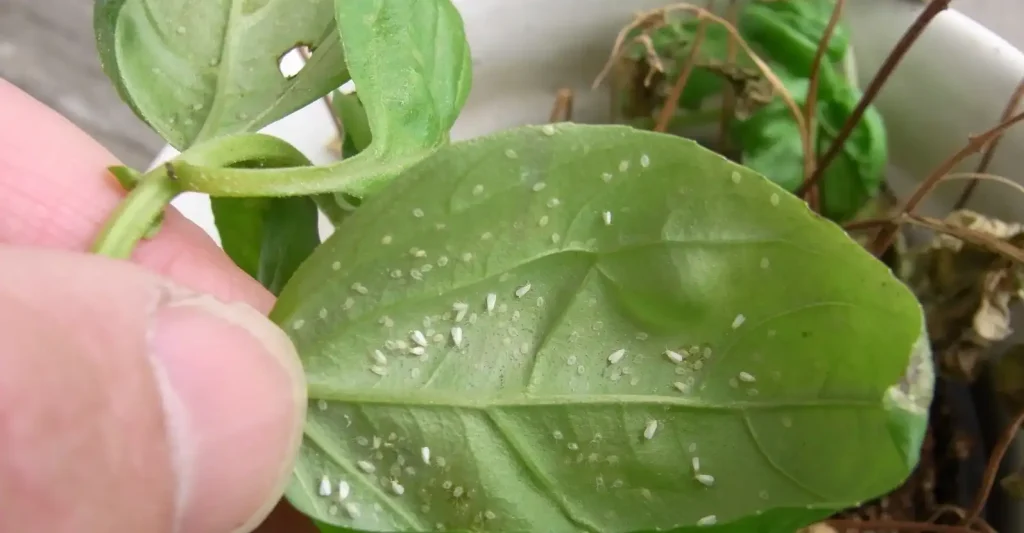
Pests can quickly destroy vegetable plants, but harsh chemicals often cause long-term soil damage. Natural remedies are safer and effective.
Common Vegetable Garden Pests
- Aphids
- Whiteflies
- Caterpillars
- Spider mites
- Mealybugs
- Leafminers
Best Natural Pest Solutions
Neem Oil Spray
- Mix 1 teaspoon neem oil + a few drops of soap + 1 liter of water.
- Spray on both sides of leaves every 3 days.
Garlic-Chili Spray
Repels worms, caterpillars, and chewing insects.
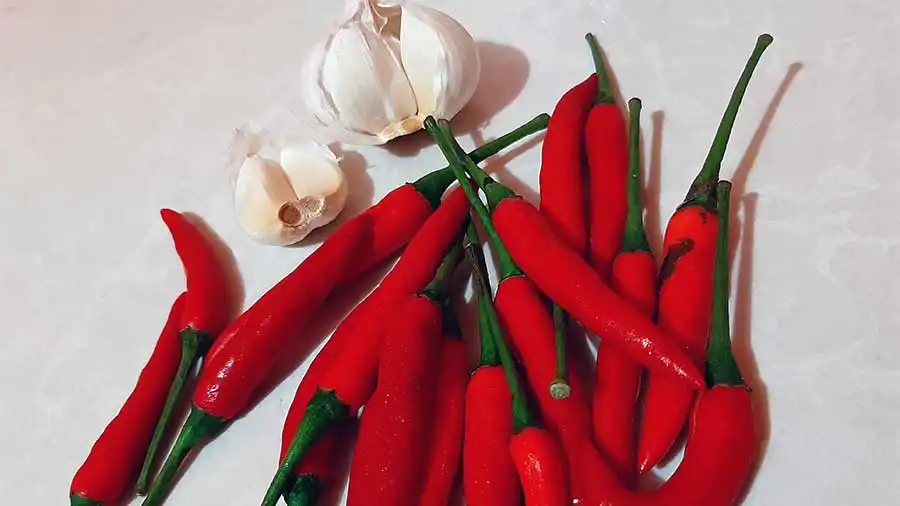
Soap and Water Spray
Kills soft-bodied pests like aphids.
Introduce Beneficial Insects
- Ladybugs
- Lacewings
- Parasitic wasps
These predators eat harmful pests and create a balanced ecosystem.
5. Treat Plant Diseases Naturally
Fungal diseases like powdery mildew, blight, and rust can kill plants quickly.
Natural Remedies for Common Diseases
Baking Soda Spray
- 1 tsp baking soda
- 1 tsp mild soap
- 1 liter of water
Controls powdery mildew and fungal growth.
Cinnamon Powder
Natural antifungal, sprinkle around the plant base.
Milk Spray
Diluted milk fights leaf fungal infections.
Hydrogen Peroxide (Food Grade 3%)
Mix with water to oxygenate soil and treat root rot (use sparingly!).
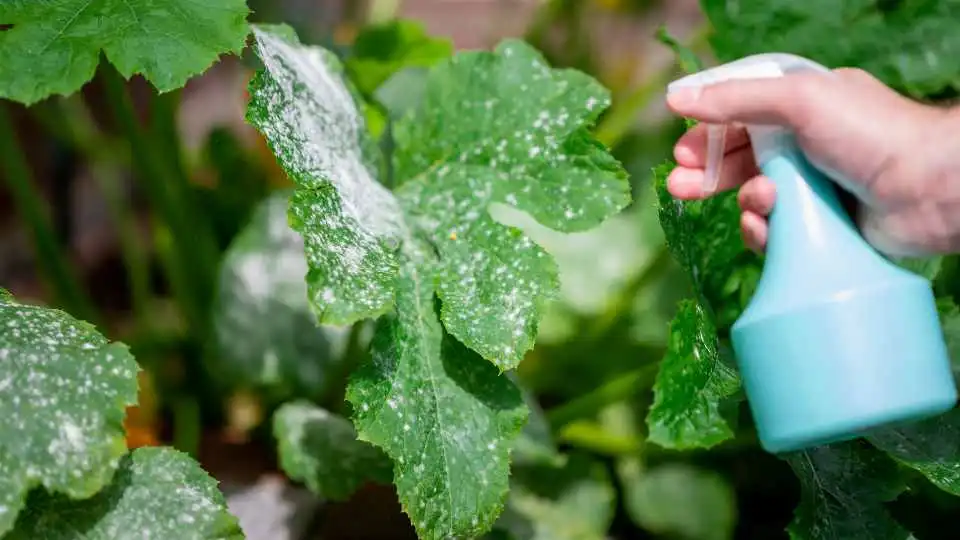
6. Revive Plants Suffering from Heat Stress
Heat stress can cause wilting, leaf scorch, and flower drop.
Natural Fixes
- Add mulch (straw, leaves, grass clippings) to cool the soil
- Water early morning, not afternoon
- Use shade cloth or place potted plants in partial shade
- Mist leaves (for leafy greens only)
Plants often perk up within a day after cooling measures.
7. Fix Root Problems
If the roots are damaged, the whole plant suffers.
Signs of Root Problems
- Slow growth
- Constant wilting
- Brown, mushy roots (root rot)
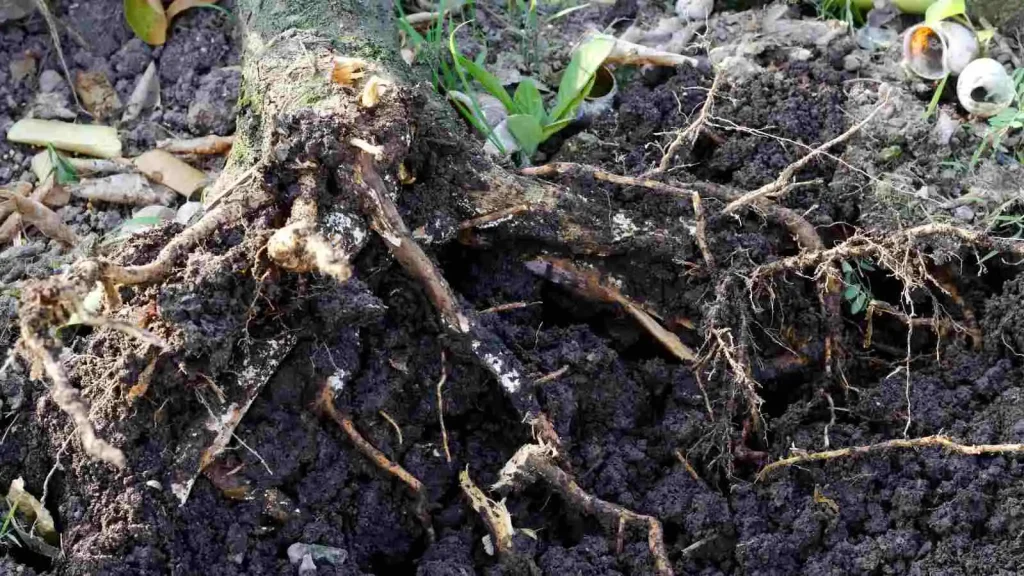
Natural Ways to Treat Root Stress
- Remove infected or rotten roots
- Repot using fresh, well-draining soil
- Add cinnamon powder for fungal protection
- Water lightly for 3–4 days
For compacted soil, gently aerate around the plant with a fork.
8. Revive Plants Using Natural Tonics
These homemade natural tonics give quick results:
Compost Tea
Boosts soil microbes and gives instant nutrients.
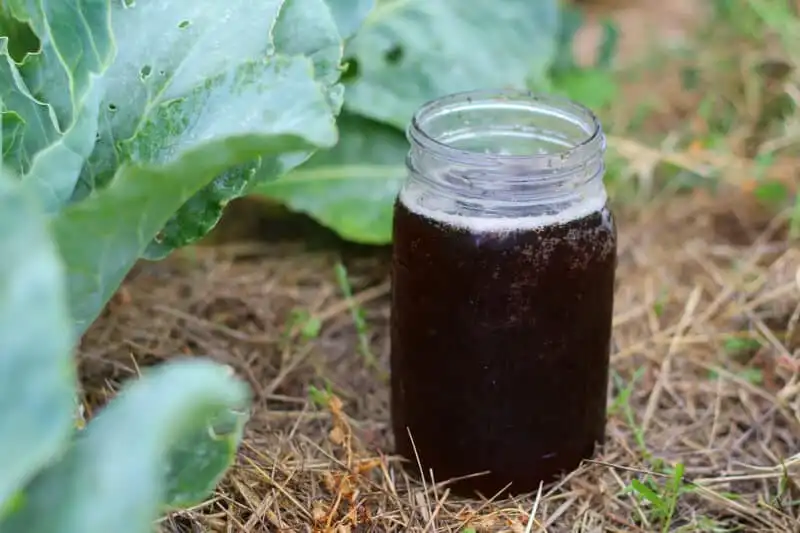
Aloe Vera Rooting Water
Strengthens weak roots.
Seaweed Water (If available)
Enhances plant resilience and growth.
Use these once a week to help plants bounce back faster.
Conclusion
Reviving dying vegetable plants naturally is absolutely possible when you understand the cause and apply the right remedies. From adjusting watering to enriching soil, treating pests, fixing nutrient deficiencies, and improving sunlight, every small step helps your plants recover.
With patience, observation, and natural care, your vegetable garden can return to full health, lush, green, and productive. The key is acting early, using organic methods, and maintaining a healthy growing environment.
A dying plant isn’t a failure, it’s an opportunity to learn, improve your gardening skills, and grow a stronger, more resilient garden.

